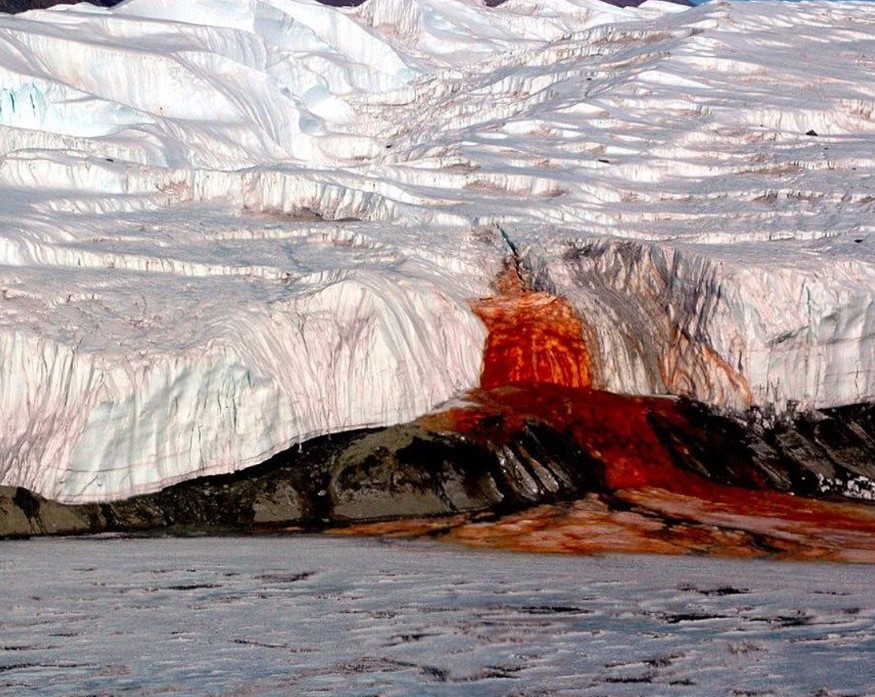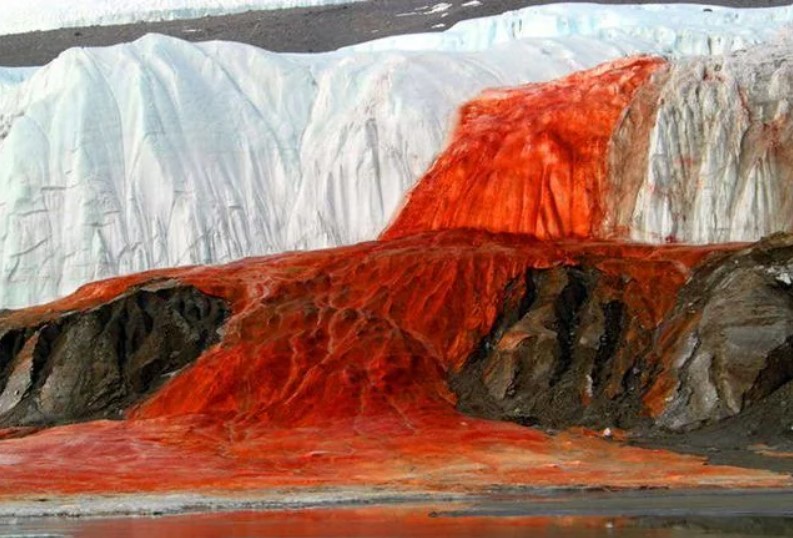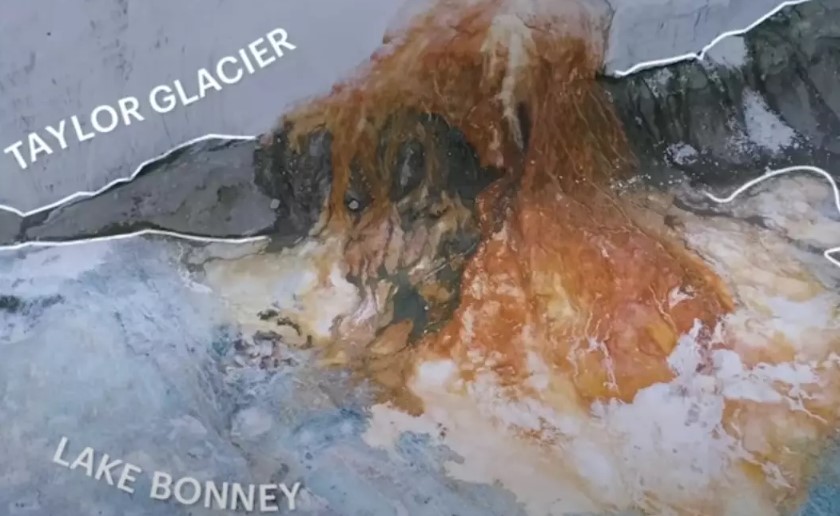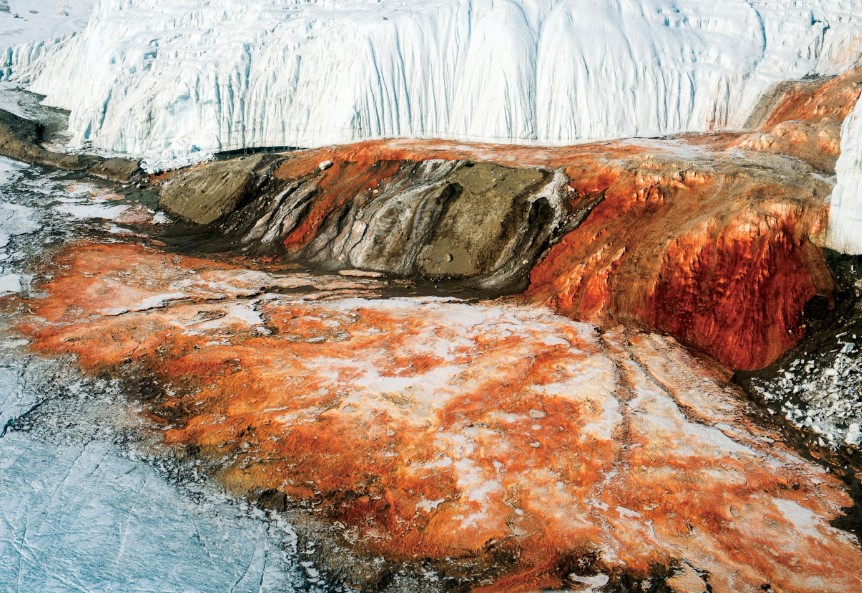For more than 100 years, scientists and explorers have been captivated by Blood Falls in Antarctica.
But now, a group of scientists has made significant discoveries, clarifying the truth hidden beneath the surface of this marvel.

The Blood Falls phenomenon captivated people for many years.
In East Antarctica, there is a strange phenomenon called Blood Falls. It looks like blood flowing from Taylor Glacier onto the icy surface of West Lake Bonney.
The water's dark red color which looked like blood has attracted scientists for a long time, raising numerous theories about its source.

Scientists who specialize in studying water and microorganisms in the area have provided valuable knowledge about the mesmerizing phenomenon.
Scientists finally solved the 100-year-old mystery of Antarctica's Blood Falls.
After conducting thorough investigations, they have concluded that the red color is not due to actual blood but is caused by a substance called iron oxide, which is commonly known as rust.
According to experts, the presence of iron oxide gives the water its unique and outstanding red color, creating the illusion of blook-like flow.

They explained that the water flowing from Blood Falls is clear at first, indicating the absence of oxidation.
However, when the water from the Blood Falls stays on the surface for some time, it comes into contact with oxygen and combines with the presence of iron-rich minerals in the glacier.
This interaction causes the process of oxidation, resulting in the water turning red.
Furthermore, the special features of the Taylor Glacier play a significant role in the creation of Blood Falls.
Unlike other glaciers in Antarctica, the Taylor Glacier is not frozen solid to the underlying bedrock.

This unique characteristic is caused by the buildup of salts concentrated by the crystallization of ancient seawater beneath the glacier.
These salts stop the glacier from freezing to the rock below, allowing water to flow and creating the captivating spectacle of Blood Falls.
Scientists are interested in comprehending how microorganisms survive in such a harsh and salty environment, and they have been studying this in the region around Blood Falls.

The huge value of the discoveries can expand our insights into the potential for life beyond Earth.
The discoveries made here could offer valuable knowledge about the potential existence of life in similarly extreme conditions, even on other planets like Mars.
By examining microorganisms in Antarctica, scientists aim to expand our understanding of their ability to adapt and endure. From that, expanding our insights into the potential for life beyond Earth.






